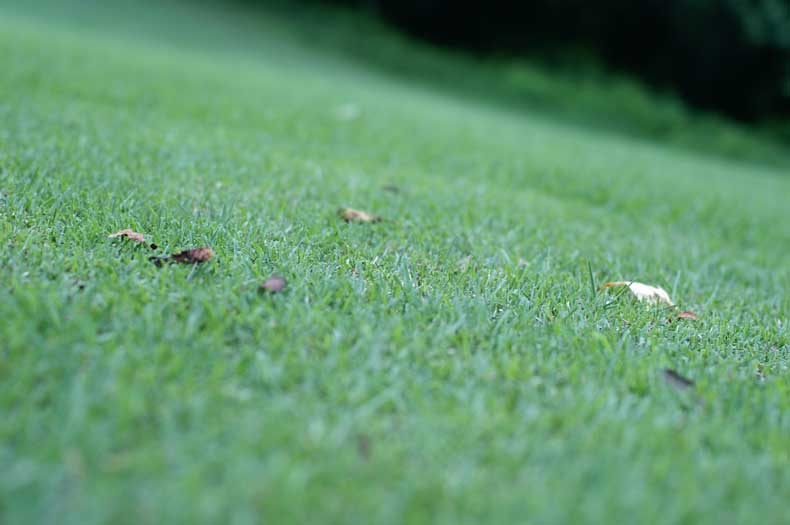Artificial Grass So Much Better Than Regular Grass?

Unless you’ve been living under a rock, you’ve heard of artificial grass. Not to mention how so many homeowners are switching to it instead of natural lawns.
But why are homeowners switching? What makes artificial lawns better than natural grass?
To answer that question, we have to delve into several different factors that separate the two. Below, we’ll cover these factors to answer just why synthetic grass is better. Continue reading to learn more!
The Cost of Ownership and Time Requirements
There’s a significant difference between the cost of ownership between these two types of grass. When it comes to natural grass, you can plant seeds or lay sod. Laying sod is more expensive, but you’ll get your new grass right away. From there, you’ll have the maintenance of regular grass. Mowing, trimming, weeding, and watering are all part of maintaining a natural lawn. The equipment and resources to sustain grass can get expensive over the years.
Actually performing the maintenance for a real lawn can also be quite time-consuming. Spending endless evenings or weekends keeping the grass cut, weeds managed, and edges looking sharp really eats into your schedule. If you don’t have time to keep up with yard maintenance, then you’ll be spending even more money having someone do it for you!
On the other hand, artificial grass has little to no maintenance to keep it looking clean and green. There is no mowing or trimming involved, and weeds only pop up once in a while, drastically reducing the need for week killer or weed trimming equipment. With the savings on maintenance, artificial grass practically pays for itself in a relatively short time.
All the maintenance for synthetic grass requires is washing it off occasionally with a hose if it’s dirty. Aside from the money, you’ll be saving loads of time with this simple maintenance routine. This means you’ll have more time to enjoy your yard and spend less time trying to keep it looking presentable.
Water Usage
Nobody wants to deal with high water bills, and with the ever-increasing need to conserve water, nobody wants to waste it either. Unfortunately, it’s challenging to avoid these high water bills with natural grass and increased water waste with natural grass. Depending on the variety of grass you have, an average yard will require roughly 55 gallons of water per square foot annually to keep it healthy.
An artificial turf lawn that’s even double the average natural yard size will not require any water to keep it looking green and healthy. The only reason you would ever need to use water on your artificial yard would be if it became soiled from a pet accident, mud, or other grimy substance that needs to be quickly sprayed off. Even then, the water usage doesn’t even come close to that of a regular grass lawn.
Appearance
When synthetic turf first made its debut, it wasn’t all that realistic. However, today’s artificial grass varieties are so natural-looking that it can be challenging to distinguish them from real lawns. The only significant difference is that synthetic grass always looks perfect. It’s the same green color, height, and texture all year long, no matter the season or weather.
That’s something that can’t be said for real grass. The weather, seasonal problems, amount of sun, and more affect the way a real yard looks. Not to mention, natural grass is a living thing. Therefore, it grows. The only way to keep a real lawn uniform in height is to continually mow it.
Final Thoughts
So, to answer the question of what makes artificial grass so much better than regular grass, it’s just about everything! The cost of ownership, time requirements, water usage, and appearance all make synthetic turf the better choice. You’ll be saving money and time while having a yard that looks beautiful and green 365 days a year!
